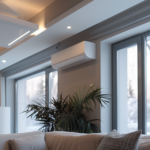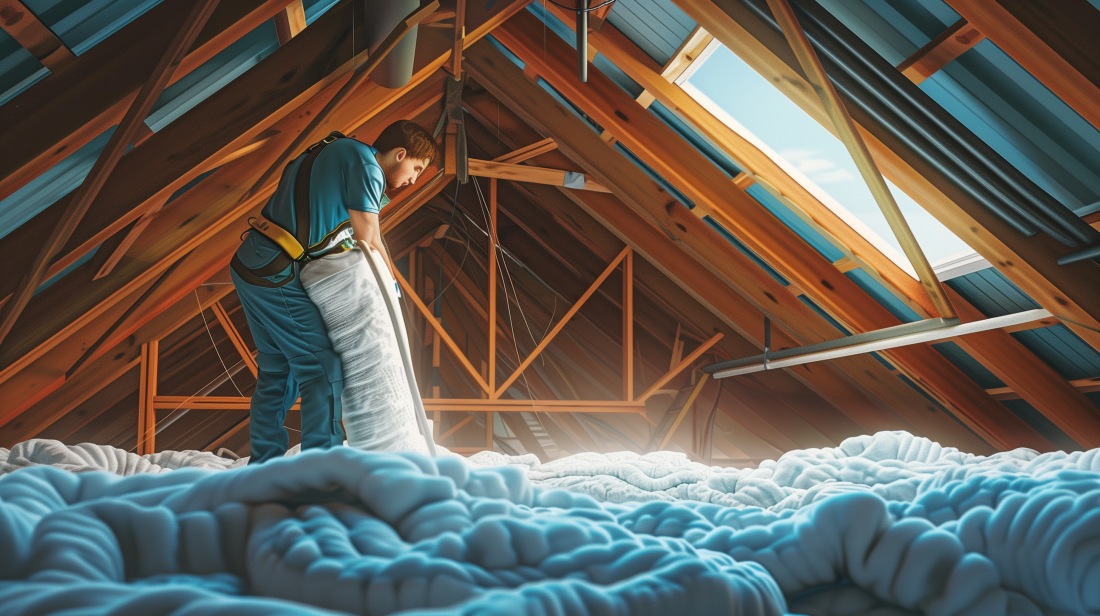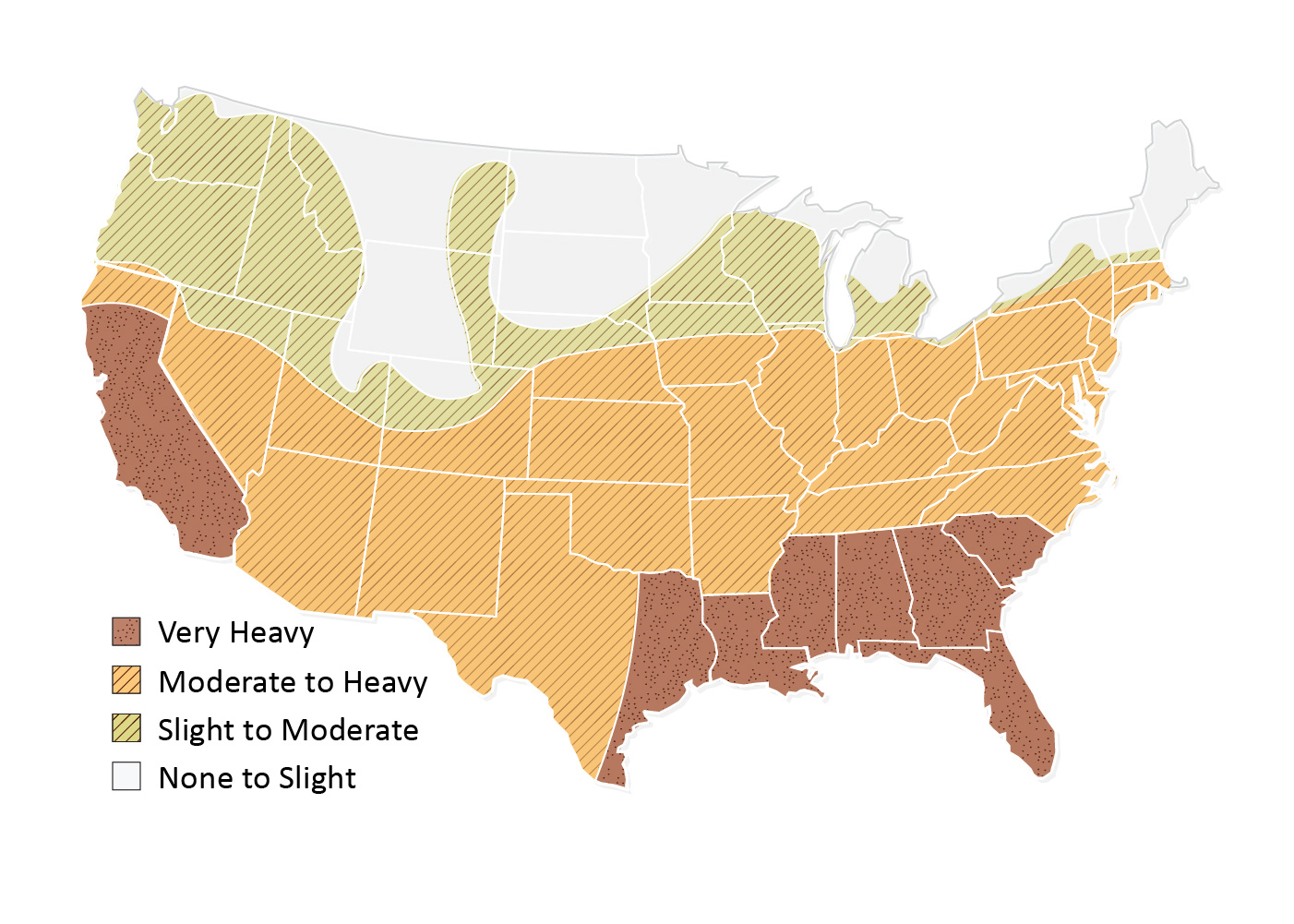Blown insulation is an effective way to enhance the energy efficiency of your home by insulating the vented attic. This method involves installing loose-fill fibrous insulation on the ceiling deck of the attic, which can significantly reduce heat loss and lower energy bills. Here’s a detailed guide on how to insulate a vented attic in an existing home using blown insulation.
Why Choose Blown Insulation for Your Vented Attic?
Blown insulation offers several benefits, including:
- Improved Energy Efficiency: Helps maintain consistent indoor temperatures, reducing heating and cooling costs.
- Easy Installation: Can be applied to existing structures without major renovations.
- Comprehensive Coverage: Effectively fills gaps and covers irregularly shaped areas.
Step-by-Step Process for Installing Blown Insulation
1. Preliminary Inspection and Preparation
Before starting the insulation process, conduct a thorough inspection of the roof and attic:
- Repair Leaks: Address any roof leaks to prevent moisture damage.
- Remove Hazardous Materials: Ensure the attic is free from active knob and tube wiring and any other hazardous materials.
- Proper Venting: Make sure that any existing bath fans vent to the outside.
2. Clearing and Cleaning the Attic
Remove any existing insulation, debris, and dust from the attic. This step is crucial for effective air sealing and insulation installation.
3. Air Sealing the Attic Floor
Seal all penetrations in the attic floor using appropriate materials such as sealant, one-part spray foam, or rigid blocking material. This step helps in preventing air leaks and enhancing insulation performance.
4. Ensuring Proper Ventilation
Verify the attic’s ventilation system to ensure it meets the required standards:
- Soffit Vents: Preferred method for providing ventilation.
- Gable and Ridge Vents: Alternative options if soffit vents are not feasible.
- Baffles Installation: Ensure there is a baffle at each soffit vent extending from the top plate to above the insulation height to keep insulation out of the vents and allow air flow.
5. Installing Blown Insulation
Install blown loose-fill insulation over the attic floor to meet or exceed current building and energy codes. This typically involves using a blowing machine to evenly distribute the insulation material.
Important Considerations
- Thermal Boundary: Ensure the thermal boundary is established at the attic floor/ceiling plane.
- Ventilation Gap: Maintain sufficient height between the underside of the roof deck and the top plate at the eave to install the required amount of insulation while maintaining an air gap for ventilation.
- HVAC Systems: Installing HVAC ducts and air handlers in vented attics is generally not recommended due to potential efficiency losses and maintenance challenges.
Compliance with Building Codes
When installing blown insulation in a vented attic, it is crucial to comply with the International Residential Code (IRC) and other relevant building codes to ensure safety and effectiveness.
Benefits of Compliance
- Enhanced Performance: Ensures the insulation performs as expected.
- Safety: Reduces risks associated with improper installation.
- Efficiency: Helps achieve maximum energy efficiency.
Conclusion
Blown insulation is an excellent choice for improving the energy efficiency of existing vented attics. By following the proper steps and ensuring compliance with building codes, homeowners can significantly reduce energy costs and enhance indoor comfort.
For immediate service or consultation, you may contact us at Allied Emergency Services, INC.
Contact Information:
- Phone: 1-800-792-0212
- Email: Info@AlliedEmergencyServices.com
- Location: Serving Illinois, Wisconsin, and Indiana with a focus on the greater Chicago area.
If you require immediate assistance or have specific questions, our human support is readily available to help you.
Disclaimer: This article is intended for informational purposes only. For professional advice, consult experts in the field.









